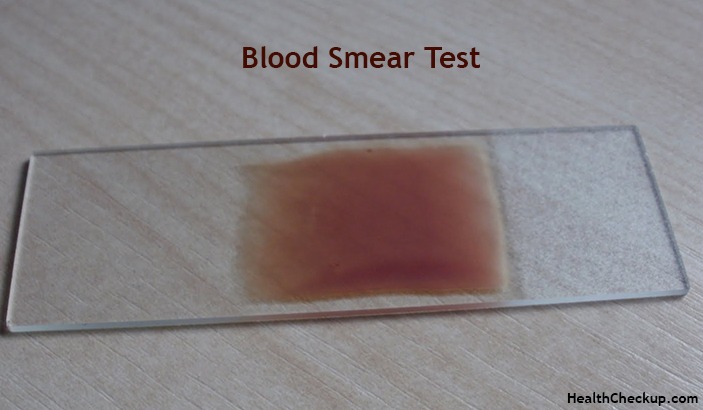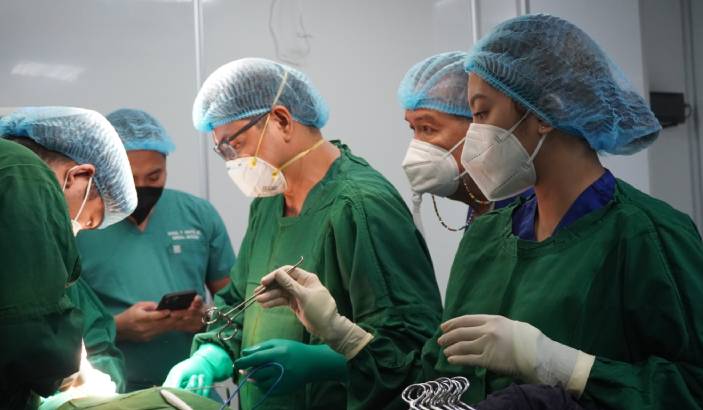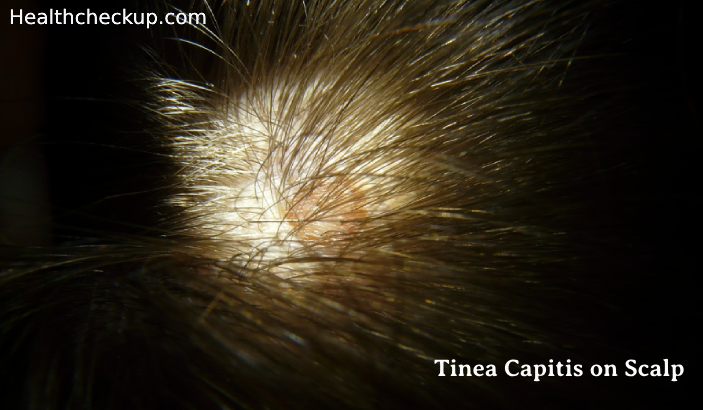The blood smear test or peripheral smear test is a type of blood test that is done to procure detailed information about the number and shape of blood cells. This test focuses on the red blood cells, white blood cells and platelets. This test provides information about the number and shape of these cells. A peripheral blood smear test is usually ordered as a follow-up test when the complete blood count (CBC) reveals abnormal results. A peripheral smear test can be used to diagnose, monitor numerous conditions and blood diseases that affect population of blood cells.
Peripheral Blood Smear Test Procedure
The blood smear test is a simple procedure in which your health care provider draws a blood sample from the vein in your arm. The blood sample is sent to the lab where a drop of blood is spread thinly onto a glass slide and it is then treated with a special strain. This procedure is known as a blood film. Initially, the blood smear test was done manually using a microscope. But, with the advancement of technology, automated digital systems have become available that help to analyze blood smears in a more efficient manner. Blood smear test is a low risk procedure. And no special preparation is needed for this test.
Information Provided by the Blood Smear Test
- Erythrocytes/Red blood cells: A detailed note will be made about the shape, size, colour and membrane changes of the red blood cells. Abnormalities such as red cell rouleaux, red cell nucleation and presence of reticulocytes will also be recorded.
- Leukocytes/ White blood cells: The number and morphology of the WBCs will be noted along with any abnormalities such as toxic granulation or dysplastic changes.
- Platelets: Numbers, shape and size of platelets will be recorded.
- Other abnormalities such as presence of parasites, plasma cells and circulating carcinoma cells will also be noted.
Purpose of the Blood Smear Test
The blood smear test is often ordered in order to diagnose the cause of:
- Unexplained jaundice
- Unexplained anemia
- Low levels of red blood cells
- Abnormal bruising
- Persistent Flu-like symptoms
- Unknown fever
- Severe infection
- Skin Rashes
- Bone pain
- Excessive fatigue and weakness
- Pale complexion
- Excessive bleeding
- Enlargement of the spleen
- Sudden weight loss
- Hairy cell leukemia
- For monitoring the side-effects of chemotherapy
Preparations for the Blood Smear Test
It is important to discuss a few important points with your doctor before undergoing the blood smear test in order to avoid diagnostic errors.
- Tell your doctor about any prescription medications and over-the-counter pills, nutritional supplements and vitamins that you are taking.
- Some medications that can affect the test results are warfarin, atromentin and acenocoumarol.
- Tell your doctor about any existing medical conditions such as hemophilia.
- Certain disorders such as cancer and procedures like regular blood transfusions can give abnormal results of the blood smear.
Results of the Blood Smear Test
A blood smear test is said to be normal when the sample of blood contains an optimum number of cells and the cells have a normal appearance. The results of the peripheral smear are considered abnormal when there is an abnormality in the shape, size or number of cells in the blood sample.
Red Blood Cell Results
Normal and mature red blood cells have a size of 7 to 8 µm in diameter. Unlike other cells, the red blood cells don’t have a nucleus. They have around and flattened appearance with a depression in the middle. The RBCs appear pink or red in colour because of the presence of hemoglobin in the cells. Abnormalities in the shape and size of red blood cells indicate diseases such as:
- Anemia
- Sickle cell anemia
- Thalassemia
- Leukemia
- Myeloproliferative or myelodysplastic neoplasms
- Bone marrow disorders
The Two Most Common RBC Irregularities Are:
- Anisocytosis: Various sizes of red blood cells. Smaller than normal RBCs are called microcytes and larger than normal RBCs are called macrocytes.
- Poikilocytosis: Various shapes of red blood cells. The varieties include echinocytes, elliptocytes, acanthocytes, rouleaux, keratocytes, sickle cells, teardrop cells, target cells and shistocytes.
White Blood Cell Results
A WBC differential is done as a part of the peripheral smear test. Usually, a minimum of 100 white blood cells are found, counted and categorized according to the type. Then the percentage of each type is calculated and the morphology and stage of development of the white blood cells are recorded. White blood cells have a nucleus which is surrounded by cytoplasm. The white blood cells are derived from the stem cells of the bone marrow. The five distinct types of WBCs are:
- Neutrophils: These cells have cytoplasms with purple or pink granules. These cells provide protection against infections.
- Eosinophils: These cells have large red-orange coloured granules. They are normally low in number. An increased level of eosinophils indicates allergies or parasitic infections.
- Basophils: These cells have large, black granules and are the least common type of white blood cells.
- Monocytes: These are the largest of the white blood cells that are also called the scavenger cells. These cells can engulf and destroy cellular debris and bacteria.
- Lymphocytes These cells are comparatively smaller in size and have a small amount of cytoplasm. They have a smooth appearance with a round nucleus. The lymphocytes are responsible for the production of antibodies.
White Blood Cell Disorders include:
- Infections and inflammation such as parasitic infections, hepatitis C infection, fungal infections
- Lymphoproliferative disorders such as follicular lymphoma and multiple myeloma
- Allergies
- Acute leukemia
- HIV
- Bone marrow disorders
Platelets Results
Platelets are fragments of cells that are developed from bone marrow cells called megakaryocytes. Platelets become activated during injuries and begin to clump together to form blood clots. An abnormally low or high number of platelets are evaluated through the blood smear test that helps to visualize any abnormalities in the shape or size of the platelets.
Platelet Disorders include:
- Myeloproliferative neoplasms
- Immune thrombocytopenia
- Thrombocytopenia
Consult with your doctor about the blood smear test results in detail in order to understand your problem and decide your course of treatment.
Medically Reviewed By









